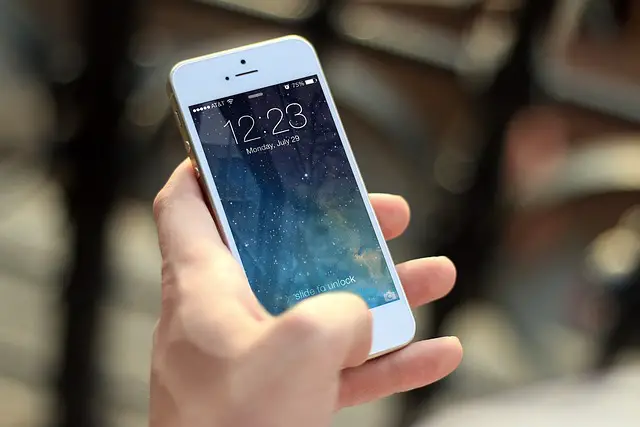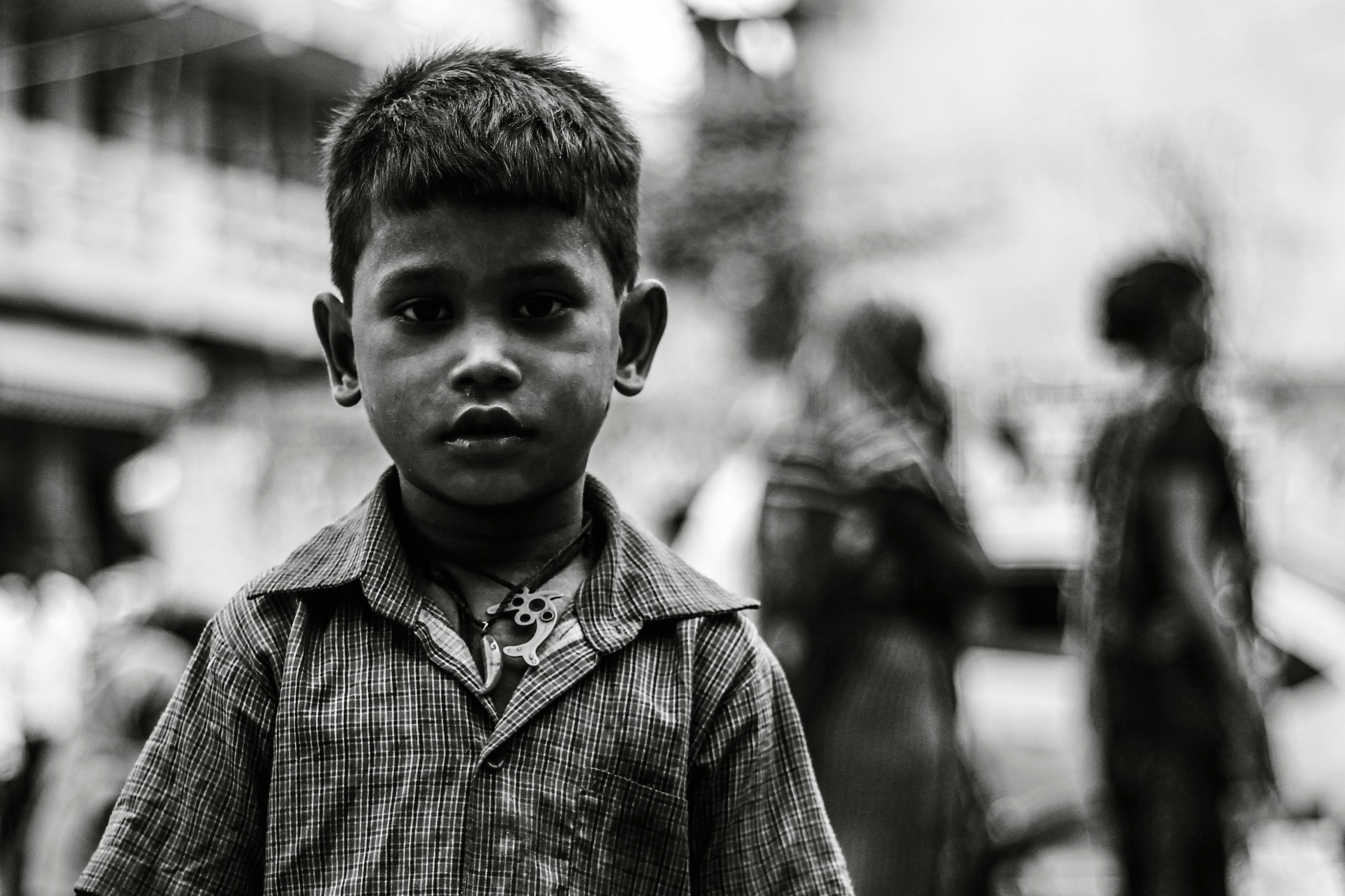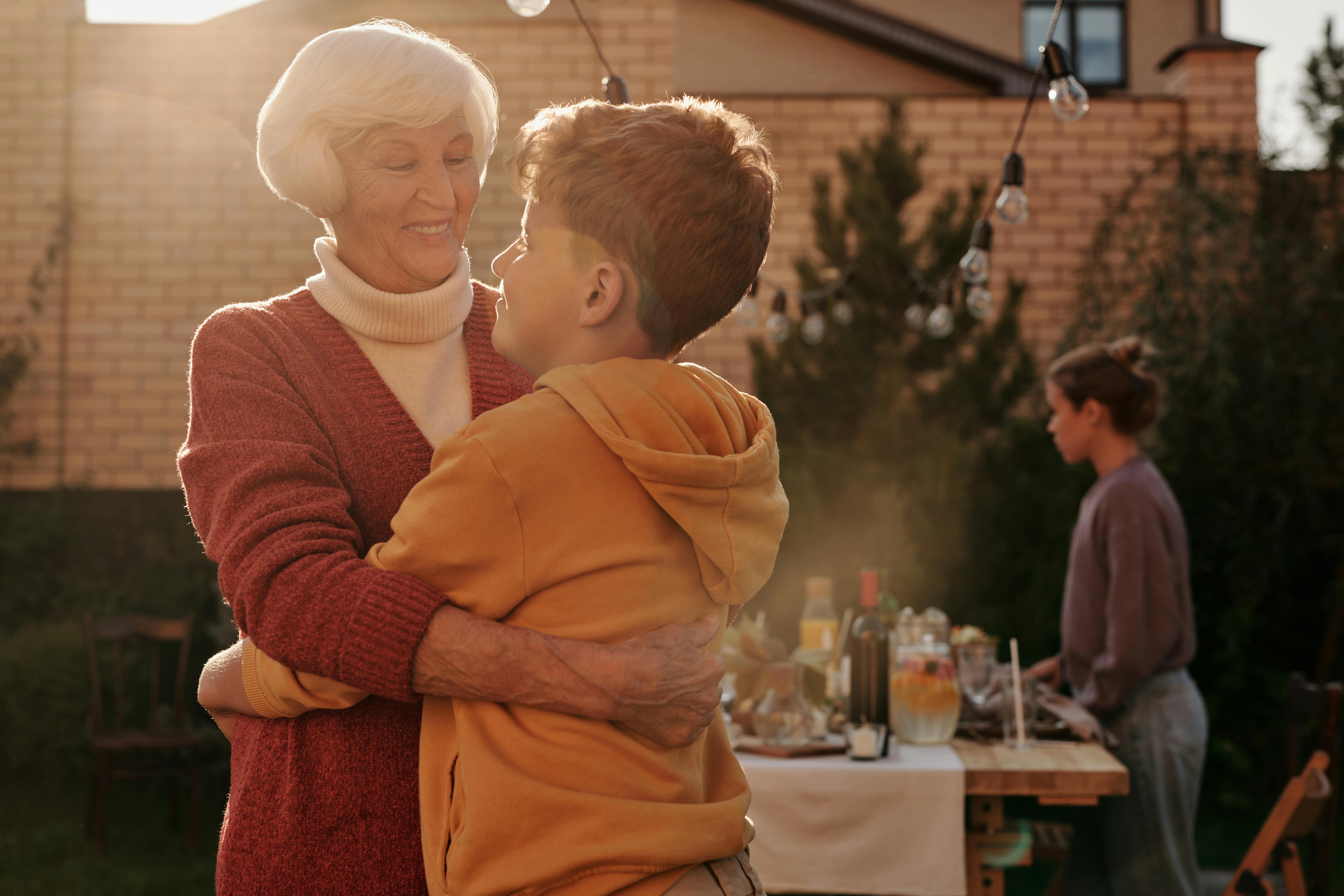What Age Can Kids Wear Contacts

Wearing contact lenses is a great way for kids to improve their vision without having to wear glasses. However, there are age restrictions when it comes to kids wearing contacts. It is important to understand the age requirements and the risks associated with contact lenses before allowing a child to wear them. In this article, we will discuss what age can kids wear contacts and the associated risks.Generally, it is recommended that children should wait until they are at least 13 years old before wearing contact lenses. However, some eye care professionals may consider prescribing contact lenses for children who are as young as 8 years old. It is important to consult an optometrist in order to determine if your child is ready and healthy enough for contacts.
What Are the Risks of Contact Lenses in Children?
Contact lenses have become a popular vision correction option for people of all ages. While contact lenses can be beneficial for adults, they should be approached with caution when it comes to children. For children, contact lenses can present potential risks that may not be present when wearing glasses.
The most important risk associated with contact lens wear in children is the potential for eye infections. Poor hygiene and improper care of contact lenses can lead to an increased risk of infection and inflammation. Children may also lack the dexterity needed to properly insert and remove their contacts, which can also lead to an increased risk of infection due to mishandling of the lenses.
Contact lens-related infections are more common in children than adults because their eyes are still developing and they may not have fully developed tear production or eyelid structures that help protect against bacteria. It is important for parents and guardians to explain proper hygiene habits when it comes to contact lens wear—including washing hands before handling contacts, never sleeping with them in, properly cleaning and storing them, etc.—to minimize the risk of infection.
In addition to potential eye infections, there is also a risk that contact lenses can cause corneal abrasion if they are not well fitted or if the wrong type of lens is used for a child’s prescription. This can lead to discomfort and blurred vision, as well as further complications such as ulceration or corneal scarring if left untreated. It is important for parents to ensure their child’s contacts are properly fitted by an eye care professional before beginning use.
Finally, contact lenses can increase the risk of developing certain conditions such as keratoconus—a condition where the cornea thins out over time due to increased pressure from wearing contact lenses. While this condition is rare, it is important for parents and guardians to discuss any risks involved with their child’s optometrist before beginning use of contacts in order to ensure they are aware of all possible risks associated with wearing them.
Overall, while contact lenses can be a beneficial vision correction option for adults, there are certain risks involved when using them in children—including the potential for eye infections, corneal abrasions, and even rare conditions such as keratoconus. It is important that parents understand these risks before allowing their child to begin using contacts so they can make an informed decision about what is best for their child’s eyesight health and overall wellbeing.
Is There a Minimum Age Requirement for Contact Lenses?
Yes, there is a minimum age requirement for contact lenses. Generally, children as young as 8 years old can wear contact lenses, but it is important to note that the minimum age can vary depending on the type of contact lens being used. Soft lenses are usually recommended for children under the age of 12, while hard lenses are typically recommended for those over 12. Additionally, some doctors may have more stringent requirements in regards to age and contact lens use.
It is also important to consider whether a child is mature enough to take proper care of their contact lenses, as well as follow the instructions given by their eye doctor. If a child is not mature enough to follow these instructions or take proper care of their lenses, it may be better to wait until they are older before prescribing them contacts. Careful consideration should be given to any child who is seeking contacts and be sure that they understand and adhere to all safety standards and guidelines that come with wearing them.
When it comes to contact lens use in children, it is always best practice to consult with an eye doctor first. An eye doctor will be able to determine if contacts are appropriate for the child and provide guidance on how they should be worn and cared for. It is also important for parents or guardians of children who wear contacts to ensure that they follow all instructions from their eye doctor in order to keep their eyes healthy and safe.
How Old Should Kids Be to Wear Colored Contacts?
Colored contacts are becoming increasingly popular among all age groups, but this trend is especially popular among teenagers and tweens. Wearing colored contacts can be a fun way to change up your style and express your personality, but it’s important to know that they’re not intended for anyone under the age of 18. Even if a child or teen is eager to try out colored contacts, it’s important that they understand the risks before taking the plunge.
Firstly, colored contact lenses are considered medical devices, so they need to be fitted by an eye care professional. It’s important that children have their eyes measured accurately in order to ensure that the lenses fit properly and won’t cause any discomfort or damage to their eyes. For this reason, most manufacturers will only sell their contact lenses to adults 18 years of age or older.
It’s also important for children and teens to understand the risks associated with wearing contact lenses that aren’t fitted properly. Wearing contacts that don’t fit correctly can cause a number of problems including dry eyes, irritation, infection, and even blindness in severe cases. This is why it’s so important for anyone wanting to wear colored contacts to get them fitted by an eye care professional prior to use.
In short, it’s best for children and teens not to wear colored contact lenses until they are at least 18 years old and have had their eyes measured professionally by an eye care specialist. By doing so, they can ensure that their eyes remain healthy and avoid any potential risks associated with wearing ill-fitting contact lenses.
The Benefits of Wearing Contact Lenses for Kids
Wearing contact lenses can be a great option for children who need vision correction. Contact lenses offer many benefits that glasses simply cannot provide, including a greater degree of freedom and comfort. By choosing contact lenses over glasses, children can enjoy an improved quality of life and better optical performance.
Contact lenses provide a much greater degree of freedom when compared to glasses. With contact lenses, children do not have to worry about the restrictions that come with wearing glasses, such as frames slipping down their noses or getting in the way while playing sports. Contact lenses also move with the eyes, meaning that there is no need to adjust or readjust them constantly throughout the day.
Contact lenses are much more comfortable than glasses for kids as well. Glasses can cause discomfort due to their weight and pressure on the nose and ears, but contact lenses are lightweight and sit comfortably on the eyes without any pinching or irritation. This makes them perfect for kids who want to engage in physical activities without worrying about their vision correction getting in the way.
Contact lenses also provide improved optical performance when compared to glasses. Contact lenses sit directly on the eye, meaning that they can provide sharper vision without any distortion caused by frames or eyeglass lenses blocking part of the field of view. They also allow for a wider range of peripheral vision than glasses, which is especially important for sports like baseball or basketball where having good peripheral vision is essential.
Overall, wearing contact lenses for kids provides many benefits that simply cannot be matched by glasses alone. With contact lenses, kids can enjoy greater freedom and comfort while also enjoying improved optical performance when engaging in physical activities.

What Are the Disadvantages of Wearing Contact Lenses for Kids?
Despite the many advantages of wearing contact lenses for kids, there can also be some disadvantages. First, it can be difficult for younger children to insert and remove contact lenses correctly, as they may lack the dexterity and coordination required. Parents should always supervise their children when they are putting in or taking out their contact lenses. Second, contact lenses can be easily lost or damaged if not handled properly. Kids need to be taught how to care for them properly and replace them when necessary.
Third, contact lenses can cause eye irritation if not kept clean and changed regularly. If contact lenses are not cleaned properly, bacteria or other contaminants can build up on the lens surface and cause redness, itching, or tearing of the eyes. Fourth, wearing contact lenses increases the risk of developing a serious eye infection known as keratitis, which is caused by a fungus or virus entering the eye through an improperly cared-for lens. For this reason, it’s important to teach kids good hygiene practices such as washing their hands before touching their eyes and replacing their contacts as often as recommended by an optometrist.
Finally, wearing contacts also requires a certain amount of responsibility from kids in order to avoid potential problems or complications with their vision health. If kids don’t follow instructions on how to wear and care for their contacts properly, they could develop long-term vision problems such as dry eye syndrome or impaired vision due to corneal scarring from an infection.
Is It Okay for Kids to Sleep in Contacts?
The short answer is no, it is not okay for kids to sleep in contacts. This is because contact lenses are not designed to be worn overnight and can cause a variety of serious health risks if worn while sleeping. Sleeping in contacts can lead to infections, corneal ulcers, decreased vision, and even permanent vision loss. It is also important to note that contact lenses should never be shared with anyone else, as this can also lead to infections or other serious medical issues.
For children who wear contact lenses, the best advice is to take them out before going to bed each night and clean and store them properly in a contact lens case filled with fresh solution. This will help keep the lenses clean and free of bacteria that could cause health issues if the lenses are worn while sleeping.
It is also important for children who wear contacts to follow their eye doctor’s instructions carefully when it comes to cleaning and caring for their lenses. This includes washing hands thoroughly before handling the lenses, replacing them according to the prescribed schedule, and never wearing them longer than recommended by their doctor. Additionally, children should always seek medical attention immediately if they experience any pain or discomfort while wearing their contacts.
Overall, it is important for parents to ensure that their children understand the risks associated with wearing contact lenses while sleeping or sharing them with others. Following proper cleaning and care instructions will help reduce these risks significantly and ensure that kids are able get the most out of their contact lens experience without compromising their eye health or vision.
What Kind of Care Do Children Need When Wearing Contacts?
Children need to take extra care when wearing contact lenses. It is important for parents to educate their children on proper contact lens care and hygiene. The first thing children should be taught is the importance of washing their hands before handling contacts and cleaning them regularly. This will help prevent bacteria or other particles from getting into the eyes.
Children should also be taught how to properly insert and remove contact lenses. This includes using both hands, never touching the lens with their finger, and ensuring that the lens is correctly positioned before inserting it into the eye. Similarly, when removing a lens, children should be taught to use both hands and to avoid pulling on the lens or rubbing their eyes.
In addition, children should be reminded to never wear contacts longer than what is prescribed by their doctor and to replace them as needed. Children also need to know how to identify signs of infection or irritation so they can seek medical attention if necessary. Finally, children need to make sure that they store their contacts in clean cases filled with fresh solution every night.
By following these steps, children can ensure that they are taking proper care of themselves when wearing contact lenses.

Conclusion
Contacts can be a great alternative to glasses for kids of all ages. The decision to wear contacts should be made between the child and their doctor or optometrist. The optometrist will be able to assess whether the child is ready for contact lenses, taking into account their vision, maturity level, and lifestyle. It is important that children have adequate training in contact lens care and that they follow proper hygiene guidelines to reduce the risk of eye infection. With the right precautions in place, contacts can be a safe and effective way for children to improve their vision without needing glasses.
Overall, there is no one-size-fits-all answer as far as when kids can start wearing contacts. Generally speaking, most doctors recommend that children wait until they are at least 12 years old before considering contact lenses. However, some children may be ready sooner depending on their individual circumstances. Ultimately, it is important for the child and their doctor to make an informed decision together about when they feel comfortable with wearing contacts.
